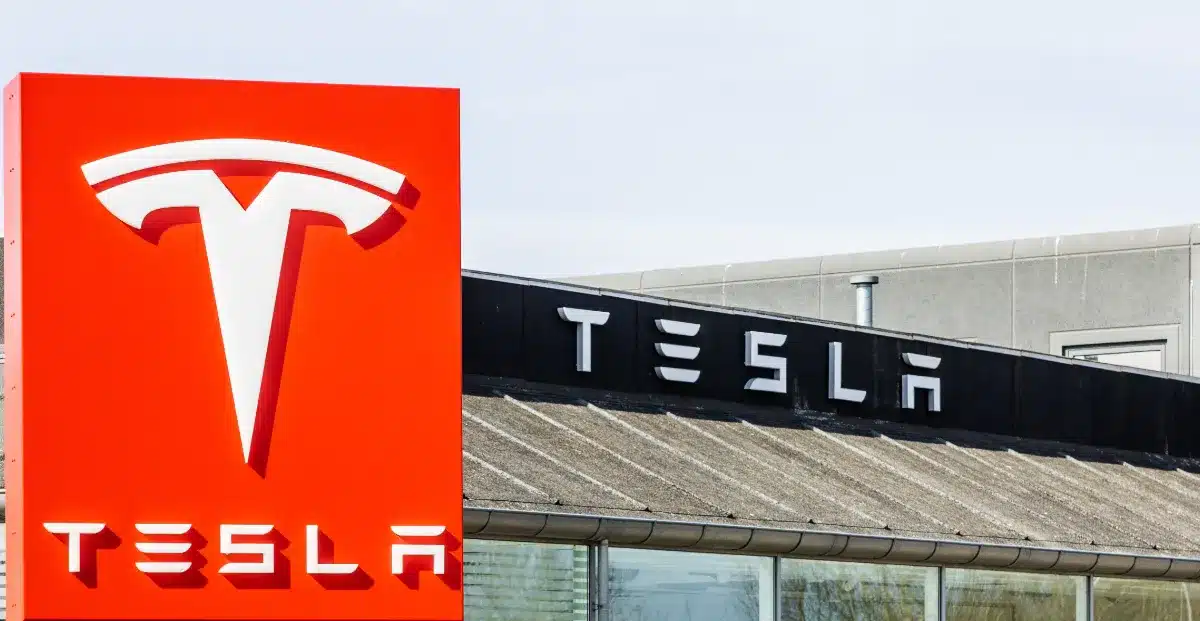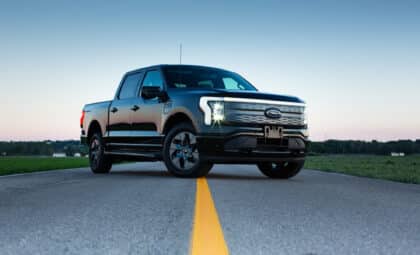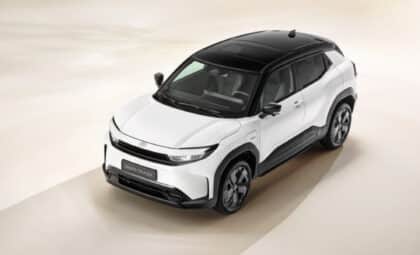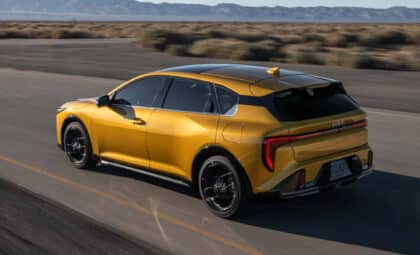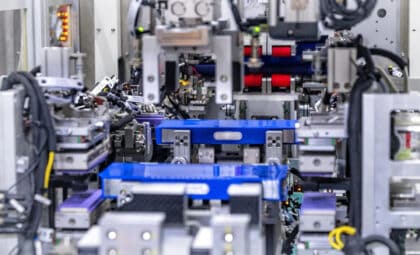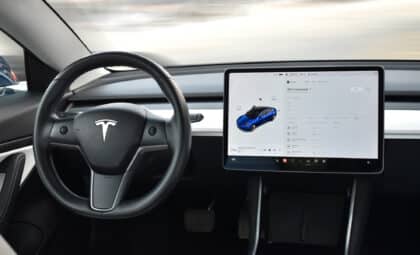Tesla is taking a bold step by putting $557 million into a state-of-the-art battery facility in Shanghai, China. With the project valued at 4 billion yuan and set to wrap up by 2027, it’s ready to shake up energy management in the region. This marks Tesla’s first deal to build a grid-scale battery power plant in China, coming at a time when trade between Beijing and Washington is a bit rocky.
Smart move and project details
Once finished, this facility will be the largest of its kind in China. According to Chinese media outlet Yicai, Tesla, the local Shanghai government, and China Kangfu International Leasing all signed the agreement. This isn’t just a big win for Tesla—it also shows off China’s plans to boost renewable energy.
The battery station is designed to act like a “smart regulator” for urban power, helping to stabilize China’s electric grid as renewable sources take the lead. With a planned capacity of more than 1 GWh (surpassing the current record holder in Shandong), the station will store energy when demand is low and release it during peak times, keeping the electricity supply steady.
Tech upgrades and why Shanghai
Tesla’s energy division is quickly becoming a major part of the company, especially with its Megapacks. Each of these massive battery storage units holds 3.9 MWh of power and is built to keep the lights on by preventing power outages. For instance, one Megapack can pump out up to 1 megawatt of power over four hours, which really shows how important they are in today’s energy game.
Shanghai was picked for this project thanks to its solid infrastructure and closeness to key markets. The city’s support for tech and innovation fits perfectly with Tesla’s vision. Earlier this year, Tesla kicked off a new Megapack factory in Lingang, Shanghai—its first one outside the United States—which has already churned out over 100 Megapacks since February. From there, Tesla ships Megapacks to both Europe and Asia.
Where it all stands in the market
In the battery manufacturing world, Tesla isn’t the only heavy hitter. It goes head-to-head with Chinese companies like CATL and BYD, which are focusing on international expansion. These companies hold 54% of the global battery market share, with CATL alone commanding about 40%. In fact, CATL is expected to supply battery cells and packs for Tesla’s Megapack units.
China is aiming high with plans to hit 40 GW of storage by the end of this year and ramp it up to 329 GW by 2024. With half of the new renewable capacity coming from China, the country is firmly positioning itself as a leader in renewable energy.
Global ties and renewable energy goals
This partnership fits right in with China’s plans for renewable energy while also locking in Tesla’s role in one of the world’s biggest green tech markets, despite facing market challenges. Even though there were U.S. tariffs on Chinese imports during President Donald Trump’s term—a time when Elon Musk had a pretty good rapport with Trump—this deal shows that Tesla is a major player on the global stage when it comes to energy solutions.
China has set ambitious targets for grid-scale battery setups, aiming to add nearly 5 gigawatts of battery-powered electricity by 2025 to reach a total of 40 gigawatts. With global battery energy storage system capacity climbing by 42 gigawatts in 2023 (almost doubling recent numbers), this partnership highlights both nations’ drive for sustainable growth.
This project goes beyond just the numbers; it represents a key step toward rethinking how we manage our planet’s resources in a smarter, more sustainable manufacturing way. As you mull over these developments, consider how such advances might reshape urban landscapes and spark even more innovation closer to home.

